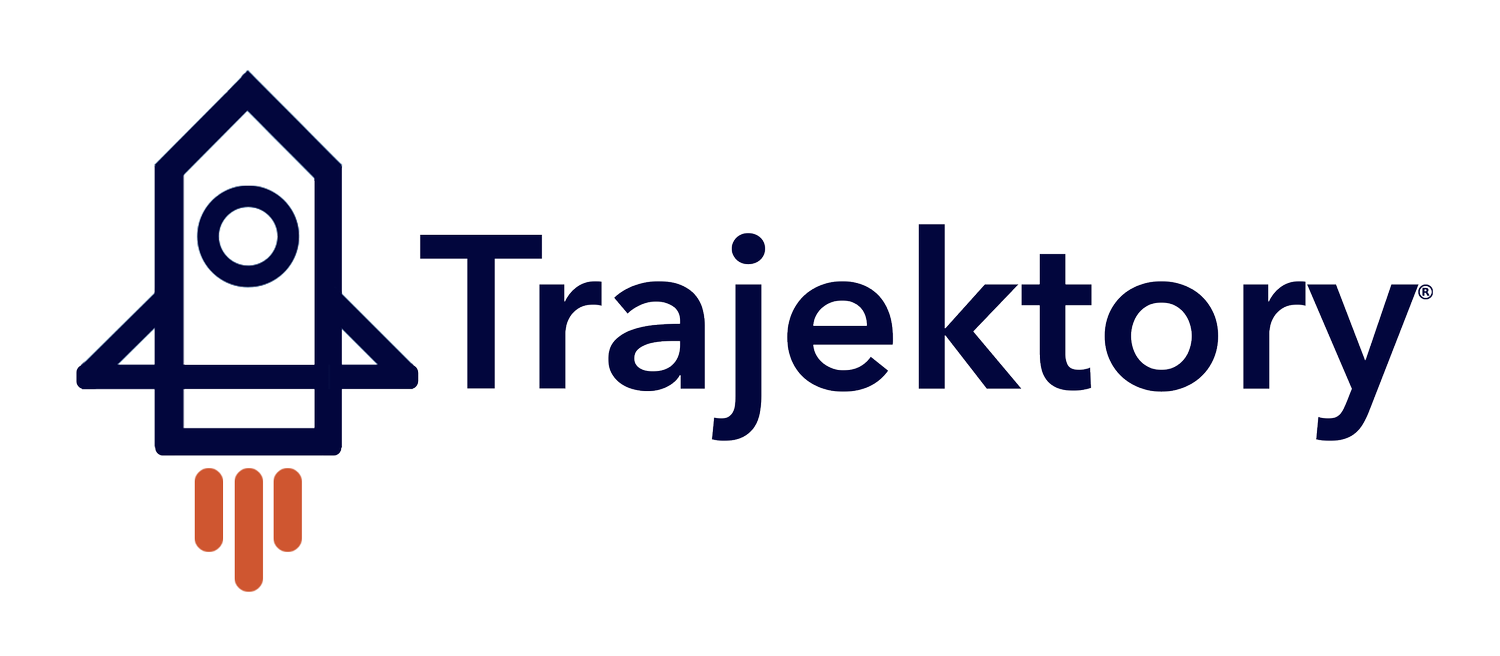Webinar Summary: How Innovative Brands Are Using Sponsorship Data to Re-Evaluate Their Sponsorship Portfolio
Speakers:
Alex Kerr, CEO & Founder Trajektory
Lauren Allison, VP of Insights & Analytics at Multiplier
In an era where marketing budgets face increased scrutiny, sponsorship leaders are being asked tougher questions: Which partnerships are truly driving value? Where should we spend next year’s dollars?
That was the central theme of Trajektory’s October webinar, How Innovative Brands Are Using Sponsorship Data to Re-Evaluate Their Sponsorship Portfolio, featuring Alex Kerr, CEO & Founder of Trajektory, and Lauren Allison, VP of Insights & Analytics at Multiplier.
Together, they explored how data is transforming sponsorship evaluation — moving from “vanity metrics” and anecdotal success stories to measurable business impact.
From Vanity Metrics to Value Measurement
“Pre-2020, renewals ran on autopilot,” Alex Kerr said. “If the logo was visible and the relationship was good, that was enough.”
But today’s landscape looks very different. Sponsorship portfolios have grown more complex, spanning social, broadcast, digital, and in-venue channels. That complexity, paired with rising pressure to prove ROI, has made data literacy essential for both brands and rights holders.
By 2026, Alex predicted, sponsorship strategies will hinge on three things: AI-powered decision making, comprehensive reporting, and agile deal structures.
“The average sponsorship report today accounts for less than 10% of what brands actually activate on,” he added. “That’s why the future is about connecting every data source — not just counting impressions.”
The Three-Step Framework for Data-Driven Sponsorship Evaluation
Lauren and Alex walked through a practical three-step framework for brands re-evaluating their portfolios:
Benchmark Current Asset Value & Performance
“Before you can improve ROI, you need to know your true baseline,” she explained.
Using unified measurement across social, broadcast, and in-venue assets helps establish that benchmark.
Map Assets Against Brand Objectives
Each sponsorship asset should ladder up to a specific role in the marketing funnel — awareness, engagement, or conversion.
“It’s not just about visibility anymore,” Lauren said. “It’s about understanding what business outcome that visibility supports.”
Re-Balance Spend Toward High-Impact Channels & Partners
Data then becomes the compass for reallocating investment.
“When we can finally see all our assets in one place — social, broadcast, in-venue — that’s when the real ROI story starts to come together,” Alex added.
Turning Data Into Negotiation Power
Beyond measurement, both speakers agreed that sponsorship data can fundamentally reshape how brands negotiate.
“Rate cards should reflect real market CPM and CPP benchmarks,” Alex noted. “It’s not about beating the team down on price — it’s about both sides having the same data to make fair decisions.”
By aligning performance data with rights holder pricing, brands can ensure more efficient, value-based deals. The conversation emphasized that data doesn’t just measure partnerships — it strengthens them.
Building Comprehensive Reporting Systems
Lauren highlighted how leading brands are now connecting sponsorship data to broader business intelligence systems.
The most advanced frameworks integrate:
Media Valuation – Continuous tracking across broadcast, social, and earned exposure.
Revenue Matchback – Linking Salesforce and CRM data to attribute deal activity to sponsorships.
Brand Metrics – Awareness and favorability tracking across B2B and B2C segments.
Lead Generation – Quantifying introductions and pipeline value driven by partnership activations.
“Comprehensive reporting is what moves sponsorship from marketing expense to business investment,” Lauren said.
Case Study: GEODIS’ Global Measurement Framework
Lauren shared a powerful example from GEODIS, a global supply chain logistics company and Multiplier client, that needed to prove the ROI of its naming rights deal for GEODIS Park.
Without an existing measurement system, GEODIS struggled to connect its sponsorship to sales outcomes. Working with Trajektory and Multiplier, they built a closed feedback loop between brand, media, and revenue data — effectively quantifying every level of sponsorship impact.
The results were remarkable:
3× increase in unaided brand awareness
$50M in new gross profit tied to sponsorship-influenced deals
30% lift in B2B brand consideration
Adoption of a full-funnel attribution model across GEODIS’ global marketing ecosystem
“The sponsorship program evolved from brand exposure to a measurable business-growth driver,” Lauren said. “That’s the standard we should all be striving for.”
What’s Next: Trends Shaping 2026 Sponsorship Portfolios
The conversation closed with a look ahead at how the sponsorship industry is evolving.
Key trends include:
A shift toward flexible, performance-based deals that reward measurable outcomes.
Increased scrutiny on sustainability, DEI, and social-impact metrics.
Growth in experiential activations informed by digital data.
A push for consolidated tech stacks that unify reporting across channels.
“The next evolution of sponsorship ROI is going to be about connection,” Alex said. “Connecting assets, connecting data, connecting outcomes — so every dollar can be tied to impact.”
Final Takeaways
For brands, the message was clear: timely, connected data is the foundation for smarter sponsorship portfolios.
As Alex summarized, “When brands and rights holders share the same data, everyone wins. That’s when sponsorship becomes a true business partnership.”
Lauren echoed that sentiment: “Data shouldn’t feel daunting — it should feel empowering. The more you measure, the more confident your decisions become.”
Ready to Re-Evaluate Your Sponsorship Portfolio?
Trajektory helps brands and rights holders make data-backed decisions with confidence. From social and broadcast to in-venue and digital, our unified reporting platform gives you the full picture of partnership performance — not just a fraction of it.
👉 Contact our team to see how data can power your next sponsorship conversation.

